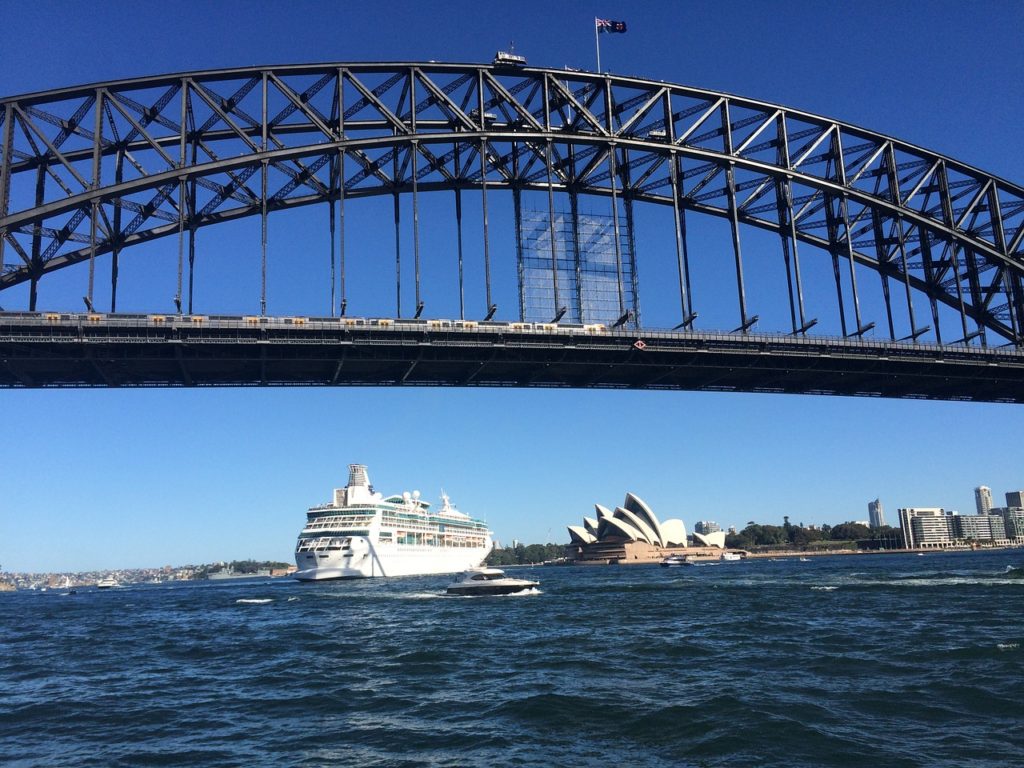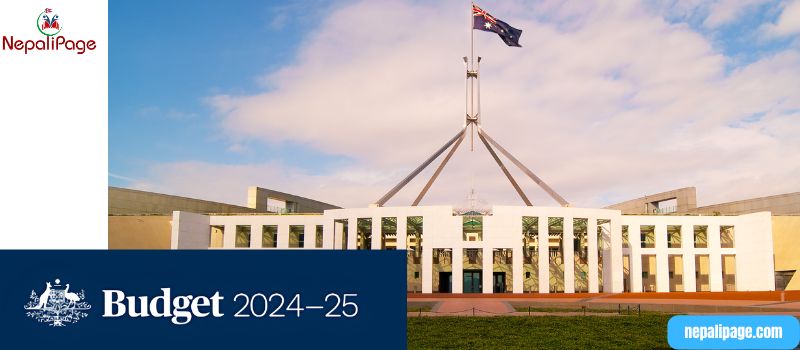The annual overseas migration intake is expected to peak at 400,000 people in 2022-23 before returning to 260,000 in 2024-25.

Dorina Pojani, The University of Queensland and Aude Bernard, The University of Queensland
With the nation feeling the pressures of a housing crisis, some believe the Australian government needs to ease housing demand by limiting international migration.
To others, this sentiment comes across as xenophobic. They dismiss it outright, based on moral grounds. How can a nation of settlers, built on unceded Indigenous land, contemplate the notion of closing its borders to new migrants?
Leaving the moral arguments aside, it is worth looking at the data to find out if there is any merit to the idea of limiting housing demand by curbing migration – as opposed to increasing housing supply to make housing more affordable.
The evidence from pandemic-era data and longer-term migration and housing trends provides little support for the idea that curbing migration is a solution. And the future impacts on the economy and an ageing population would be costly for Australia, as the latest Intergenerational Report reminds us.
Why does Australia take in migrants?
First off, it is crucial to understand that Australia’s international migration program is not driven by charity. For a start, the percentage of humanitarian migrants is minuscule, about 10% of Australia’s permanent migrant intake. And, compared to other OECD countries, it is very difficult for migrants to bring family members, such as parents or siblings, to Australia.
Among non-refugees, younger and highly skilled migrants dominate the lot. They provide much-needed labour skills and sustain the economy. Migrants help Australia as much as Australia helps them achieve their life goals.
Clearly, limiting international migration is not a realistic policy option.
What’s the level of international migration?
The level of overseas migration is very high at present so, yes, migrants are contributing to housing demand in the short term.
However, this situation is only temporary. Much of it is so-called “recuperation migration” to make up for border closures that all but halted immigration during the pandemic. In 2020-21, Australia experienced a veritable exodus, with a net population loss of 85,000 people. Very few migrants were allowed in until late 2022.
The annual overseas migration intake is expected to peak at 400,000 people in 2022-23 before returning to 260,000 in 2024-25. This will be close to the long-term average before the pandemic. It will not fully make up for the lost population growth during the pandemic.
Read Also: Lifting migration was easy – now Australia faces two tougher choices on migrant income and residency

Housing supply is the long-term problem
The housing crisis has been decades in the making. Housing prices were on an upward trend while the annual overseas migration intake remained constant in the decade leading to COVID-19.
Tellingly, even as Australia lost population during the pandemic, the real estate industry estimates that “from September 2020 to April 2022, the nation experienced the sharpest recorded upswing in home values (28.6%)”.
This shows that factors other than migration have been at play.
Let’s look beyond international migration numbers and compare the net population growth to the housing supply. According to former senior Reserve Bank economist Tony Richards, the national dwelling stock stopped expanding in line with overall population growth in 2001. That’s also when the number of property investors began to increase.
Since 2001, the demand for housing has far exceeded the supply. The shortfall has been especially marked in the most populous states – New South Wales, Victoria and Queensland. By 2021, the national dwelling shortfall was more than 1.3 million units.
Is most population growth due to migrants?
Yes, but not by much. Until the COVID-19 pandemic, about 40% of population growth in Australia was through natural increase and 60% through international migration. Recuperation migration means migrants are contributing a bit more to the mix now.
Overall in Australia, the average number of children per woman reached a historical low of 1.58 in 2021. Birth rates among international migrants are similar to the national average. This is because migrants tend to be highly skilled, particularly in cities, and people in that group are more career-focused and have fewer children.
Low birth rates might be good news for those holding pro-extinctionist views. Others may see it as an economic disaster in the making.
However, the nation is recording about 300,000 births a year. This figure has been constant for a decade. Our population is youthful relative to other OECD countries, with a median age of 42. This means housing demand is not about to stop.
Slower ageing, but slower economic growth: the Intergenerational Report in 7 charts https://t.co/MsBAMJfMeM via @ConversationEDU
— Peter Whiteford (@WhitefordPeter) August 25, 2023
What about internal migration?
In some regions, like South-East Queensland, the internal migration of Australian residents is compounding the impact of immigration. This is not new.
The graph below shows data from 2021-22. At the time, Brisbane and its surroundings were particularly attractive as other states struggled to contain the pandemic.
But historic data from the 1980s onward show Queensland has long been a net population receiver. The state owes its longstanding popularity to its warmer climate and lower housing prices.
The recent spike in interstate migration to South-East Queensland combined with international migration to create a perfect storm. While Sydney’s and Melbourne’s housing markets have been notoriously unaffordable for a while, Brisbane is the latest arrival on the front lines of the housing affordability battle.
The bottom line
International migration contributes to the housing demand but it’s hardly the only, or even the main, cause of the housing crisis. The problem cannot be solved by curbing migration.
To make Australian housing affordable again, we need to increase housing supply in line with demand. We also need to stop inflationary investments in existing housing by abolishing tax rules such as negative gearing and capital gains tax.![]()
Dorina Pojani, Associate Professor in Urban Planning, The University of Queensland and Aude Bernard, Senior Lecturer, Queensland Centre for Population Research, The University of Queensland
This article is republished from The Conversation under a Creative Commons license. Read the original article.











